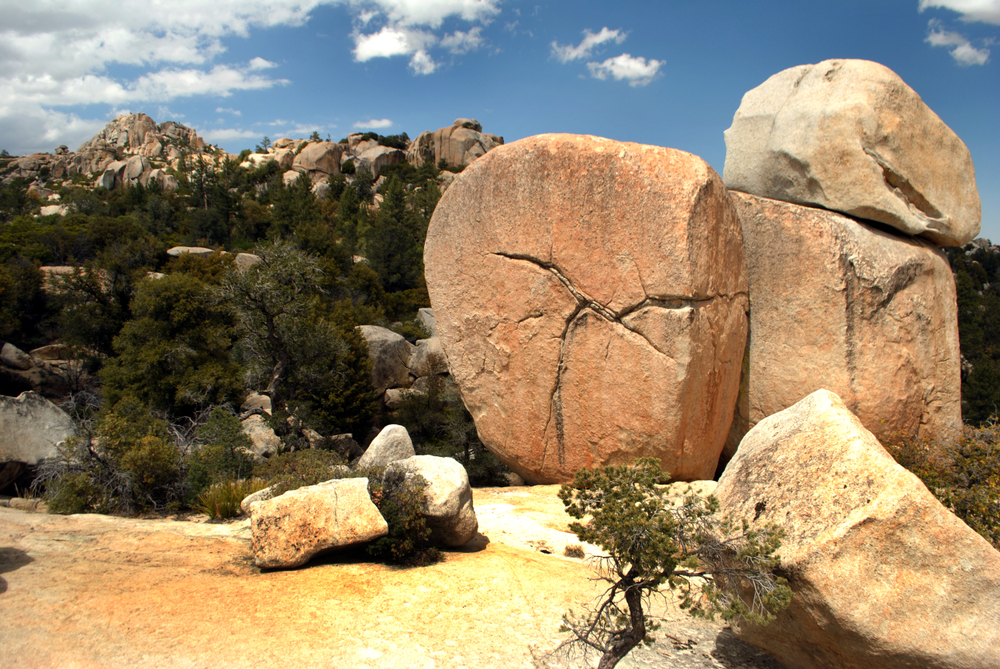Bahía de Loreto Overview
Bahía de Loreto National Park, or Parque Nacional Bahía de Loreto in Spanish, is a marine and coastal protected area in the Gulf of California, off the eastern coast of the Baja California Peninsula in Mexico.
Covering approximately 797 square miles (2,062 square kilometers), the park surrounds the coastal town of Loreto in the state of Baja California Sur. It encompasses five major islands—Coronados, Del Carmen, Danzante, Montserrat, and Santa Catalina—along with numerous smaller islets and marine ecosystems. The park’s waters and rugged island landscapes make it one of Mexico’s most ecologically rich and visually stunning national parks.
The park features a dramatic combination of arid desert landscapes, rugged volcanic islands, and vibrant marine environments. The islands rise sharply from the turquoise waters, with cliffs and rocky shorelines giving way to sandy beaches and hidden coves.
The terrain varies from dry scrubland to steep rocky outcrops, with patches of cacti, desert shrubs, and unique endemic flora adapted to the harsh conditions. The surrounding waters of the Gulf of California, famously referred to as “the world’s aquarium” by Jacques Cousteau, are teeming with marine life, making the park a globally significant biodiversity hotspot.
Bahía de Loreto National Park is home to an incredible variety of wildlife, both in the sea and on land. The park’s waters provide habitat for a remarkable diversity of marine mammals, including dolphins, sea lions, and seasonal visitors such as blue whales, humpback whales, fin whales, and orcas.
The islands serve as nesting grounds for seabirds like blue-footed boobies, brown pelicans, magnificent frigatebirds, and yellow-footed gulls. The park also shelters several species of marine turtles, including the endangered hawksbill and green turtles. On the islands, visitors may spot reptiles such as spiny-tailed iguanas and endemic lizards that have adapted to the arid environment.
Visitors are drawn to the park’s stunning scenery and world-class opportunities for marine-based recreation. The islands and surrounding waters offer some of the best snorkeling and scuba diving in Mexico, with coral reefs and underwater caves that provide habitat for colorful fish, rays, eels, and octopuses.
Kayaking is a popular way to explore the coastal landscapes and secluded beaches, while sport fishing is a major attraction due to the abundance of species such as dorado, yellowtail, and roosterfish. Wildlife watching is another highlight, especially during whale season, when boat tours provide close encounters with the massive blue whales. Hiking trails on the islands allow visitors to experience breathtaking viewpoints and observe desert-adapted wildlife.
Conservation efforts in the park have been both challenging and rewarding. Bahía de Loreto National Park is part of a UNESCO World Heritage Site, recognized for its outstanding marine biodiversity. Strict fishing regulations and conservation programs aim to protect fish populations and fragile marine habitats, though pressures from commercial fishing and tourism remain ongoing concerns.
Community-based conservation efforts and ecotourism initiatives have played a role in promoting sustainable practices. Conservation successes include the increase in whale populations and the protection of key nesting sites for seabirds and turtles. The park remains an essential part of Mexico’s natural heritage, balancing the needs of conservation with the benefits of sustainable tourism.
Park Map
Bahía de Loreto National Park Highlights
Share your clicks with us
Related National Parks More Mexico
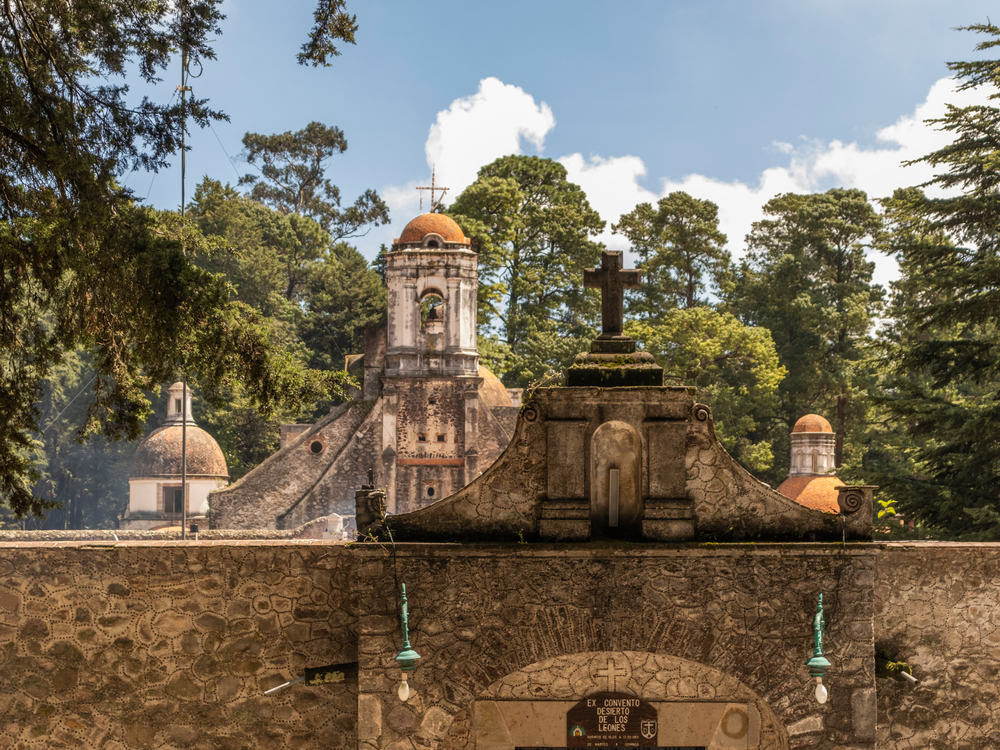
Desierto de los Leones National Park
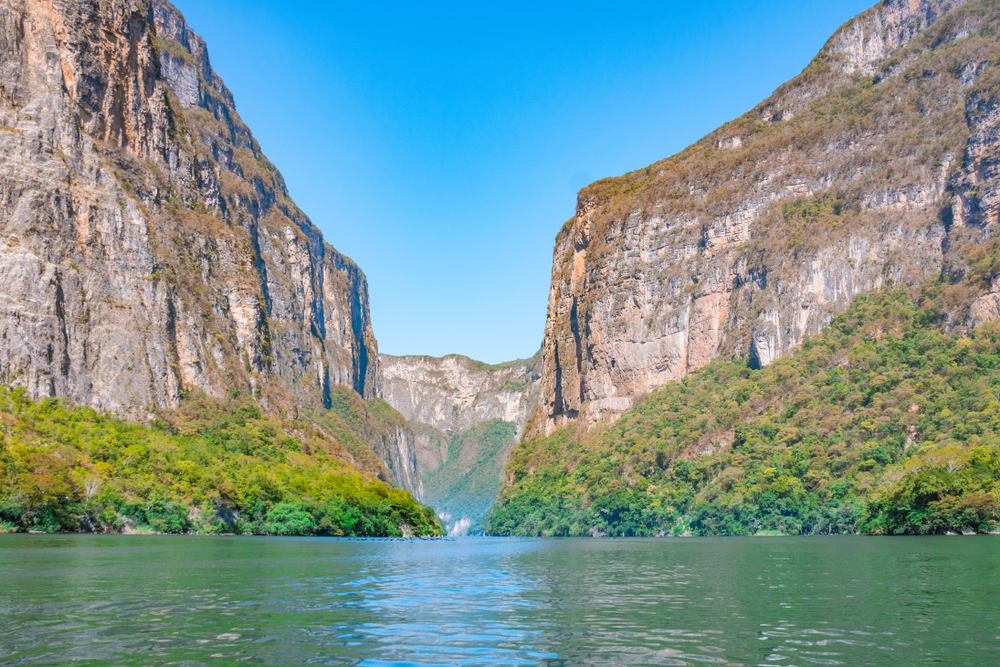
Sumidero Canyon National Park
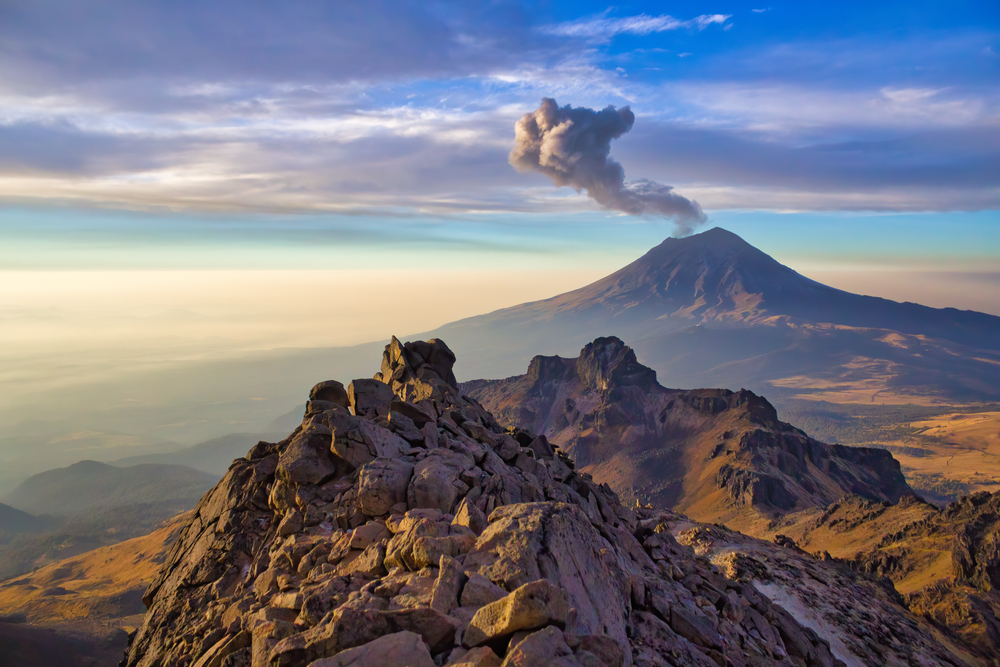
Iztaccíhuatl-Popocatépetl National Park

Arrecifes de Xcalak National Park

Arrecife Alacranes National Park

Arrecife de Puerto Morelos National Park
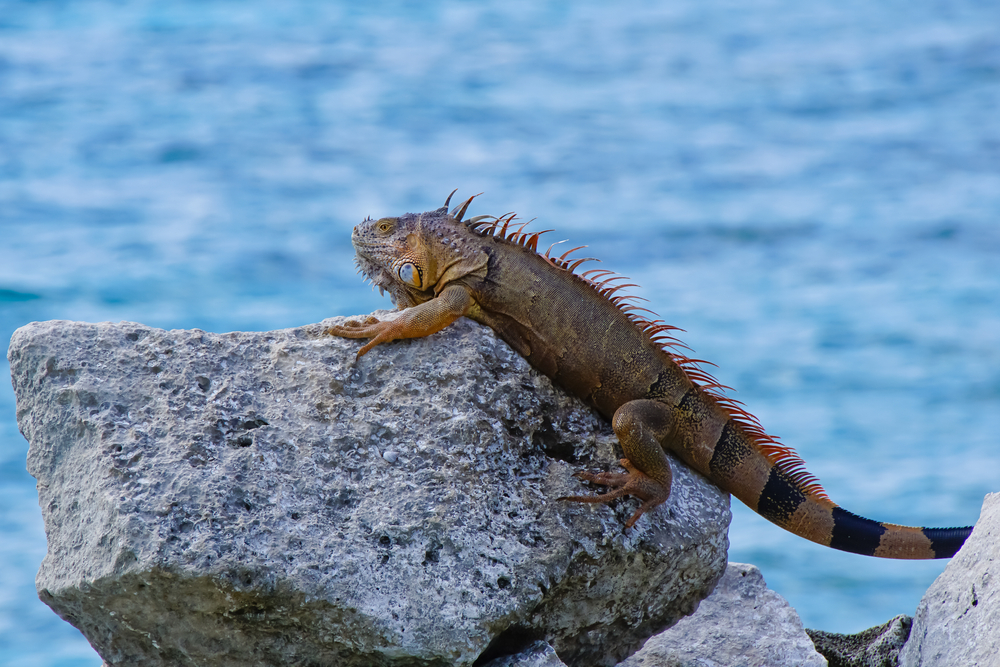
Arrecifes de Cozumel National Park
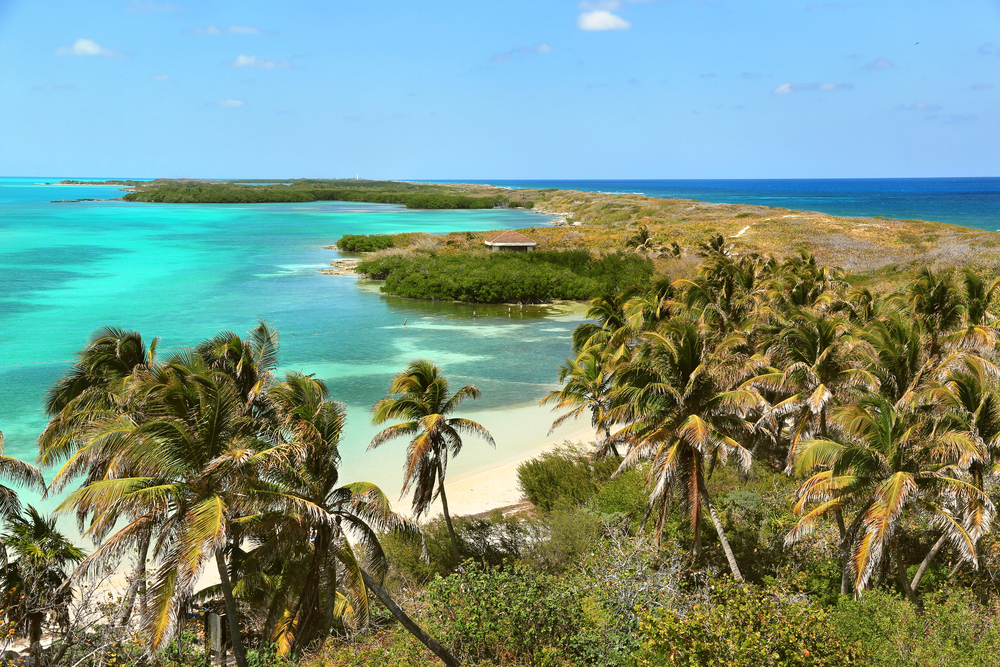
Isla Contoy National Park
